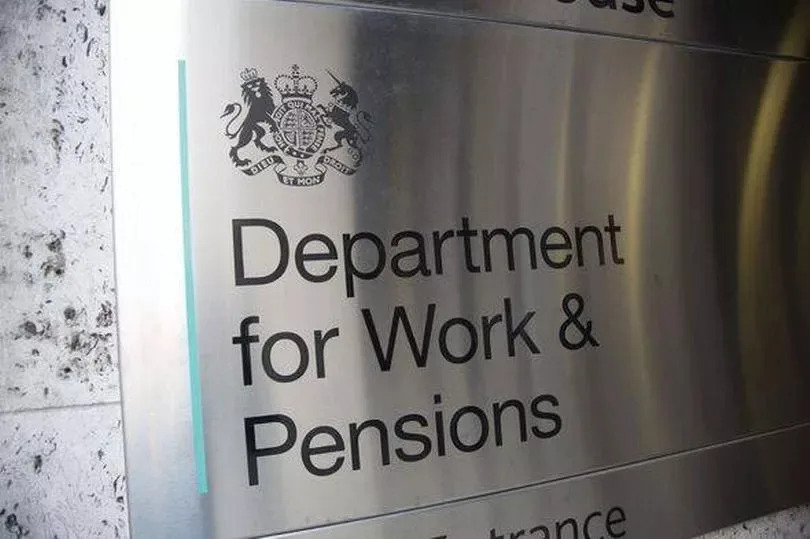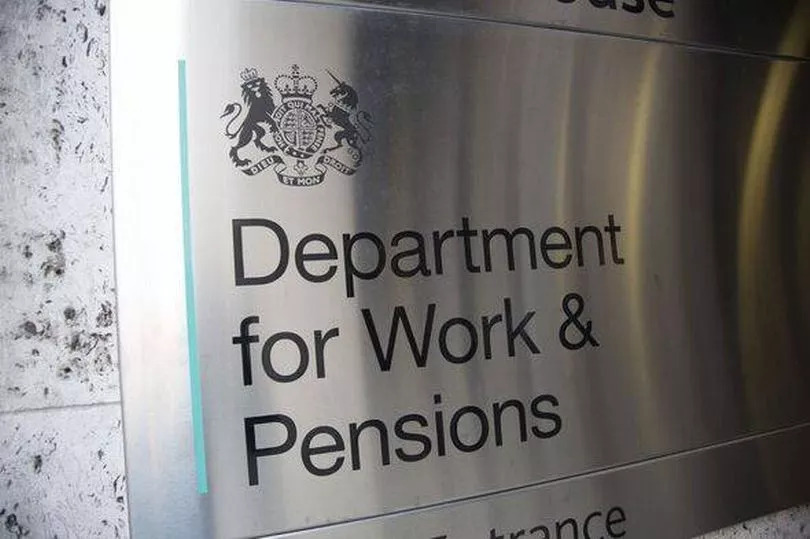A significant state pension triple lock boost, set to benefit retirees, will unfortunately not be extended to older state pensioners who retired before 2016. Due to the intricate network of pension rules in the UK, the triple lock increase for those on the old, basic state pension won’t be as beneficial as it is for new state pensioners.
Those who reached state pension age after April 2016 are due for a state pension increase, currently projected to be around £550 a year next April. This is because Triple Lock forecasts indicate that the benefit is set to rise by 4.6% next year.
The new state pension was launched in 2016 and applies to all men born after 5 April 1951 and women born after 5 April 1953. According to the latest figures, everyone receiving the State Pension will get an additional £550 a year thanks to the Triple Lock.
READ MORE: Edinburgh ‘incident’ triggers closure of major road as emergency services swoop
READ MORE: Family who have visited Majorca for 20 years vow never to return after ‘crazy’ change
The Department for Work and Pensions (DWP) is required to increase the amount paid to state pension recipients each year due to the ‘Triple Lock’ system. This law ensures that everyone eligible for the payout from the Department of Work and Pensions sees an annual increase, either in line with inflation, wage growth or by 2.5%, whichever is highest.
The most recent Consumer Price Index figures for April to June suggest that if the same wage growth continues, pensioners could see a useful 4.6% increase per year, reports the Express.
The latest figures from the Consumer Price Index (CPI), released by the Office for National Statistics (ONS) this month, reveal: “Annual growth in employees’ average earnings was 5.0% for regular earnings (excluding bonuses) and 4.6% for total earnings (including bonuses).If these wage growth figures are maintained until September, when the Triple Lock calculation is carried out, it could mean a 4.6% boost to pensions next year.
Aaron Peake, a personal finance expert at CredAbility, explained: “Right now, earnings growth is slightly ahead of inflation, so that’s the frontrunner for determining the rise in 2026. “”If we take current wage growth figures…that’s the ballpark for next year’s state pension increase”.
At present, the full state pension is set at £11,973 per year. A 4.6% increase would add an extra £550.76 annually to pensions, raising the weekly payments from their current £230.25 to approximately £240.84, or £12,523.76 per year in total.
However, for older state pensioners, the same 4.6% increase won’t equate to as much money. The basic form of the older state pension is worth £176.45 per week.
Boosted by 4.6%, this would make the new amount just £8.12 higher, at around £184.57 per week. Over the course of a year, this amounts to £9,597.64, which is roughly £2,745.36 less than what new state pensioners receive.
The triple lock calculation for 2026 will be based on wage growth and inflation from May to July, so there’s a chance it could still change. However, it’s certain that the old state pension will fall behind the new state pension due to different baseline amounts.
State pensioners with no other income can apply for Pension Credit, which increases their income to nearly the same level as the full new state pension. Currently, Pension Credit tops up state pension income to £227.10 per week, just shy of the full new pension, and will also rise with the triple lock.
This means that if Pension Credit also increased by 4.6%, it would go up by £10.44 to £237.54.
However, if you have other income, such as salary or savings, that takes you over the income threshold, you won’t be eligible to claim Pension Credit. This means you won’t receive as much as those on the full new state pension, even if those pensioners have the same savings and income as you.

The DWP is set to hand out another £600 a year -Credit:Getty
